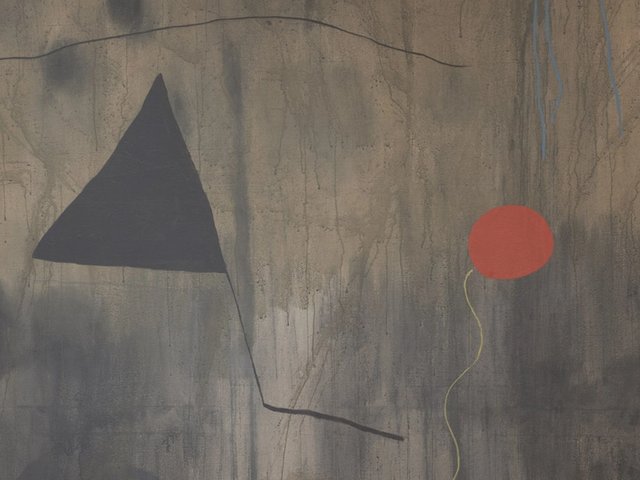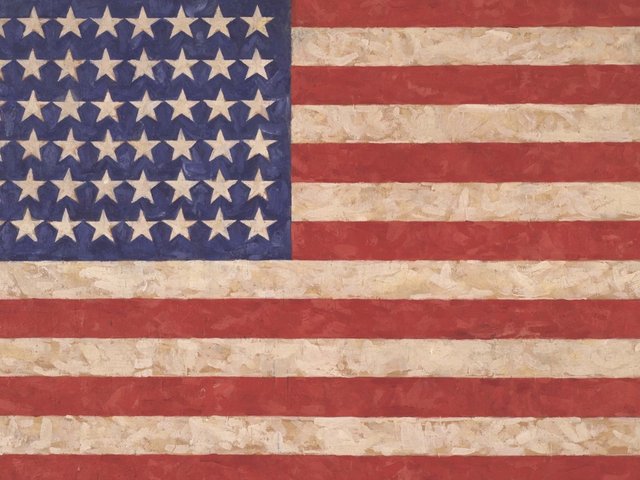Compared with Picasso, Miró has often been considered the more conservative artist. But an exhibition that opened at Galerie Gmurzynska in Zurich on 3 October (until 30 January 2016) emphasises Miró’s more daring practices.
The Catalan artist’s youngest grandson, Joan Punyet Miró, marked the opening of the show with a performance that included him riding onto stage on a motorcycle, shooting a gun and the re-enactment of A Star Caresses the Breast of a Negress (1938), Miró’s Surrealist painting based on the first line of an erotic poem.
“The idea came directly from my subconscious, from a drive to change the predictable exhibitions that we find in museums and galleries around the world,” Joan Punyet Miró says. “The performance relates to Miró [and his] will to walk towards the unknown, to be non-conformist, to go from figuration into abstraction and navigate the troubled waters of the subconscious.”
The performance is not for sale, but around two-thirds of the 60 works on show are. Prices range from around $50,000 for a drawing to around $6m for a painting.
Six rare collage-drawings from the 1930s that combine newspaper articles, watercolours and stencilled numbers and letters “completely anticipate” Robert Rauschenberg, Jasper Johns and Robert Indiana, says Mathias Rastorfer, the chief executive at Galerie Gmurzynska. “Art historically, Miró was 30 years ahead of what was happening in the US.” There are only around 25 of these collages in existence, so it’s “very rare to find them”, Rastorfer says. Some are for sale, priced at $1m each.
Alongside important Surrealist paintings from the 1920s and bronze sculptures from the 1960s and 1970s, a number of later paintings are also included—a period that has been re-evaluated recently. “In his later life, Miró was slashing and burning canvases and painting over other people's works,” Rastorfer says. “The early 1920s are considered his most inventive period, but the later paintings have risen more dramatically in price.”
One of the archival photographs in the catalogue depicts Picasso in a pullover next to Miró in his trademark suit and tie. “Miró would be in his studio, painting in his tie, but underneath that façade there's a devilish, daring artist who was really pushing the envelope,” Rastorfer says.



